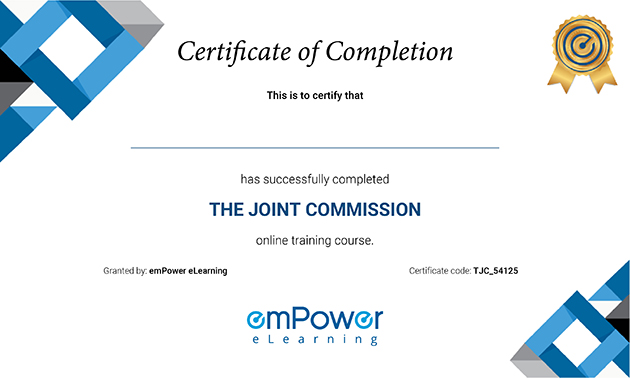Boost Your Safety Skills with Online Electrical Safety Training
Join our engaging courses for comprehensive online electrical safety training and safeguard yourself and your workplace from potential hazards.

Our Client

































What is electrical safety training
Working with powered tools or electric circuits carries inherent risks. Whether you’re a qualified or unqualified worker, our online electrical safety training is beneficial. Even qualified workers can use it for supplemental training.
The goal of the online electrical safety training is to create awareness about the various possibilities of electric hazard. To safeguard against possible hazards by listing various methods, thus to facilitate a safe work environment.
Throughout the course, you’ll acquire essential knowledge for safe work practices. Starting with the basics of electricity, the training covers electric shock, detailing emergency responses if you or a colleague experiences a shock.
The curriculum also addresses electric fires, providing guidance on response strategies. Finally, the training delves into hazard control, teaching you to recognize, evaluate, and manage electric hazards effectively.
Equip yourself with comprehensive skills to enhance workplace safety. This online electrical safety training ensures that you, regardless of your expertise level, are well-prepared to navigate potential risks and emergencies in your work environment.
Course Description
| Category | The Joint Commission |
| Course Name | Electrical Safety in Workplace |
| Duration | 30 mins |
| Certificate Included | Yes |
| Languages | English |
| Course Type | Interactive online training |
| Narration | Yes |
| Format | LM-light, SCORM 1.2 |
| Supported Devices | Desktop/Laptop, Tablet, Phone |
| Last Updated | June 30, 2021 |
What you’ll learn
In this course, you’ll discover:
- The fundamental principles of electricity in the context of safety.
- Steps to follow during an electricity-related emergency.
- Effective approaches for dealing with electric fires.
- Techniques for minimizing electrical hazards.
- Strategies to eliminate electrical risks.
Curriculum
- Introduction to electric safety
- Common electrical safety scenario
- Shocking truth about electrical hazards
- Basics of electricity
- Flow of electricity
- Different sources of electricity
- Wires and electric safety
- What is an electrical shock?
- Emergency actions if a coworker receives a shock
- What is electric fire?
- Different types of fire extinguishers?
- Preventing electrical hazards
- How to recognize electrical hazards
- Never bypass electrical safeguards
- How to evaluate electrical hazards
- Controlling electrical hazards
- Locking or tagging out machines
- GFCIs, Circuit breakers, etc.
- Grounding systems
- PPE – Your last line of defense
Who Should Attend?
- Anyone working with powered tools or electric circuits
- Qualified workers
- Unqualified workers
- Safety teams
Why emPower
100s of customers
- 14+ Years of experience in working with small to large businesses from different industries
- 95% customer retention
Customer Experience
- 24x7 dedicated support and toll free number
- 99%+ guaranteed uptime
Extremely Cost-effective
- As low as $0.99/user/yr
- We will match or better the price of your current LMS
Effective Courses
- Each course is 20-40 min long to ensure engagement with quizzes and certificate
- SCORM 1.2 Compliant
Implementation
- No setup costs
- We deploy your customized solution in less than 48 hours
Our Achievements
Here you can review some statistics about our Education Center
Related Courses
Start Your Certification Course Today
Online electrical safety training is a structured program designed to educate individuals on safe practices when working with electricity. It covers basics, emergency response, and hazard control, ensuring a secure work environment.
Basic safety training skills include understanding emergency procedures, using safety equipment, recognizing hazards, implementing preventive measures, and fostering a safety-oriented mindset. These skills are crucial for maintaining a secure work environment.

